It’s finally moving day! It’s an exciting time, but it can also be crowded and frantic for your beloved companions. Like us, your pets will get used to the move in time, but there are ways you can help them to get used to your new home without overwhelming them:
1. Make a plan
Planning your move is a good thing. There will be a lot to think about when moving and your pets, however much we love them, may not be the top of your list of priorities – a plan will keep you on track.

If you have fish, have you thought about how you will move them and then the tank? If you have a rabbit where will the hutch go in the new house? Do you buy special food from a local supplier and should you stock up before you move? The more organised you are, the easier the move will be (in all respects!).
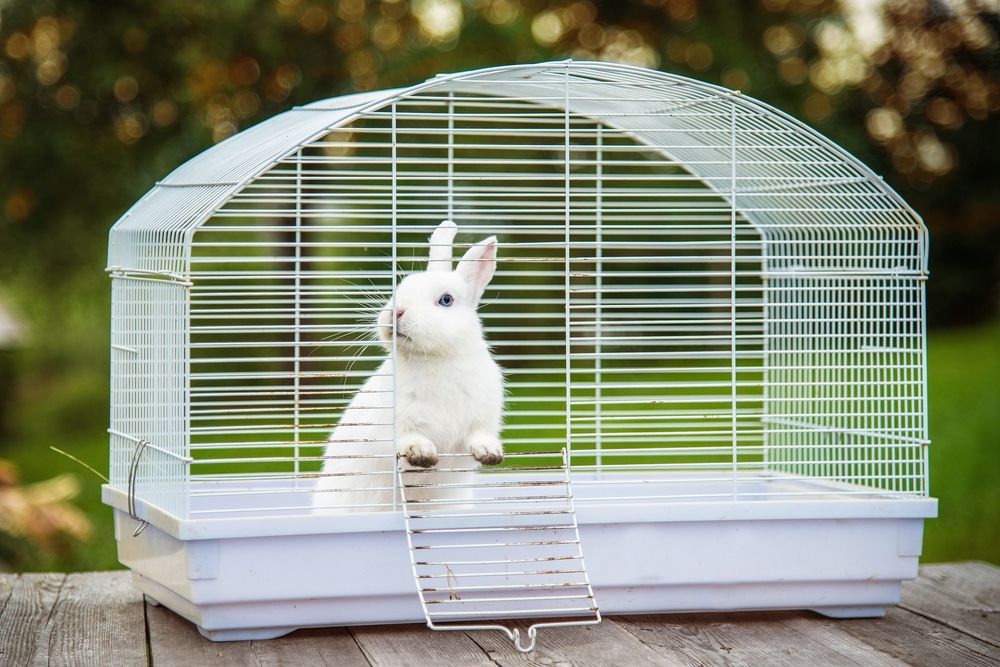
2. Seek expert opinion
If your pet is particularly nervous or you are worried about how they might settle in, consult your vet. Moving can be highly stressful for us and we understand what’s happening, so give your furry friend every chance of a peaceful move.
3. Give your pet a good clean ahead of the move
Of course this doesn’t apply to all animals, but giving your dog a bath before moving day might be worthwhile. Not only will it mean they are clean for the car journey, but they won’t be too stinky when you move into your new home, which is a good start.
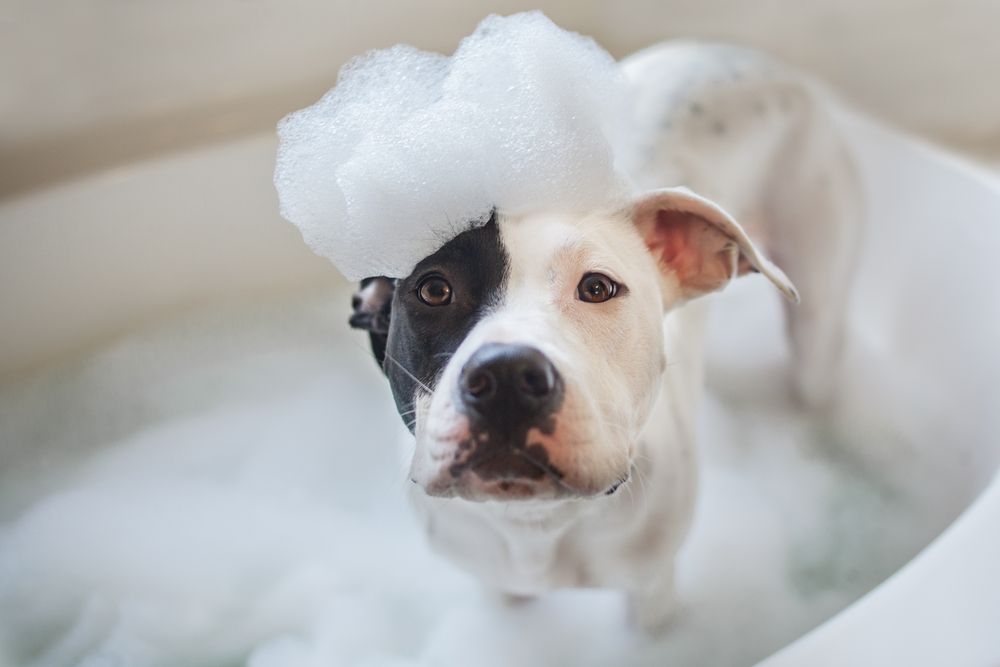
4. Consider leaving your pet with others
Moving day will mean lots of people coming in and out of the house, often many strangers. Of course, you may need to weigh up the pros and cons of leaving your pet with friends or at a kennel – if the stress of that is likely to be similar to the move itself, it may be better to keep them with you. However, if you don’t have the room to move your animal in comfort, or you would have to leave them in the new house alone, saving them from the move could be beneficial.
5. Think about who is left in charge of your animals
It may seem like a great job for the little ones, perfect for keeping them occupied and giving them a purpose rather than getting under your feet, but they may not be as sensitive as you when it comes to looking after your pets. If you do give them the responsibility, make sure you keep an eye on them and ask for updates throughout the day.
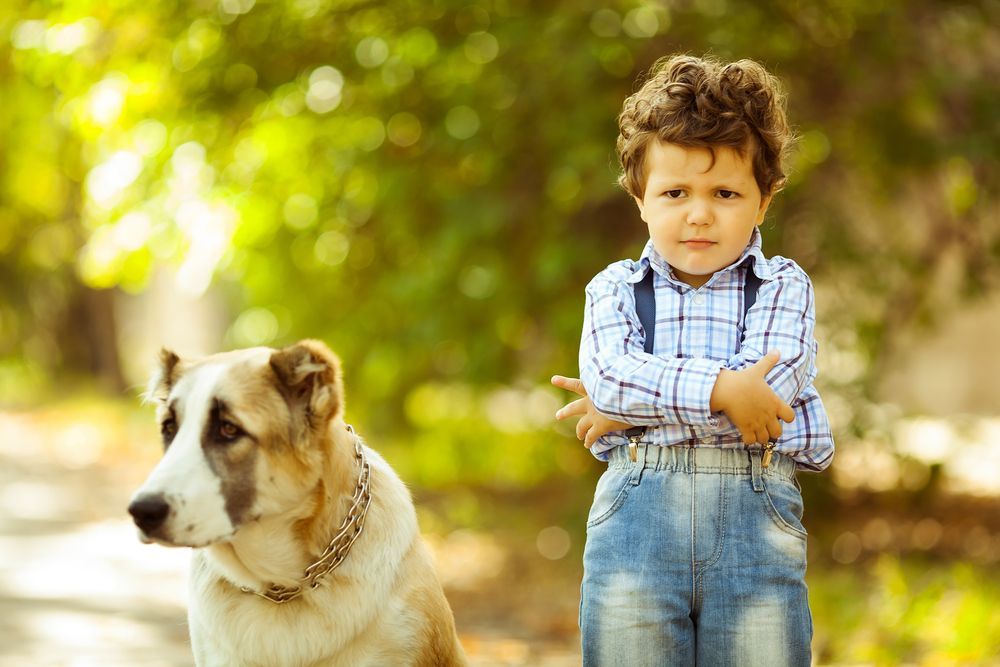
6. Remember to pack all of their toys
Just like us, your animals become familiar with their surroundings, so forgetting their favourite scratch post or squeaky toy will be unsettling. Pack all of their things in a box together, so that you can get them settled in as soon as possible without hunting through tons of boxes. It is also a good idea to keep an item with them during the journey, for a calming effect.
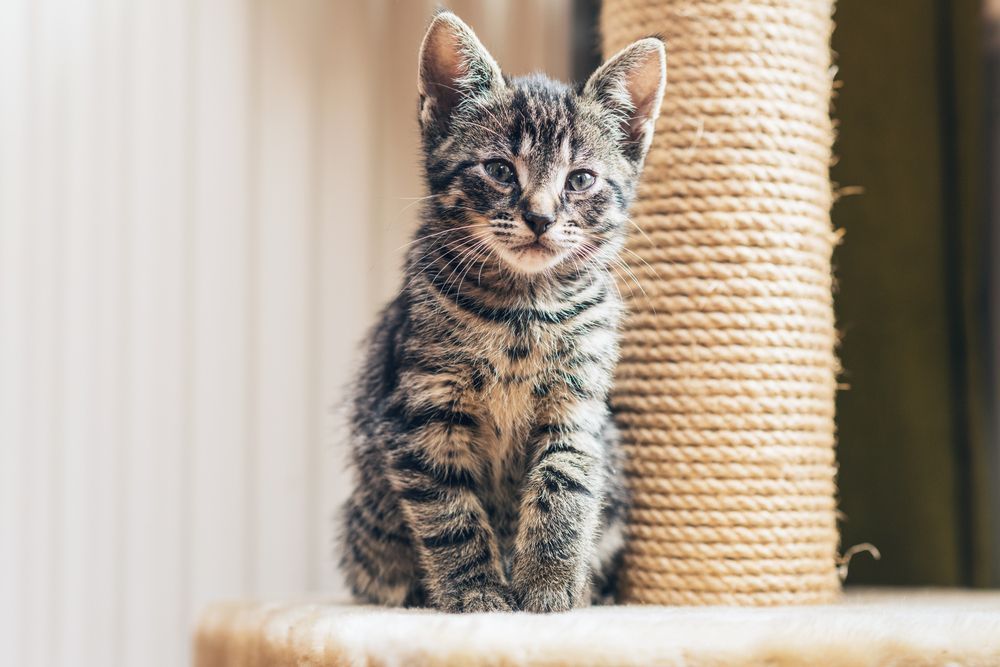
7. Give your pet the chance to get used to their surroundings
Go into the property yourself first and assess the situation – look out for broken glass or overwhelming paint smells for example.
When you’re happy they can come in, put your new pet in a room in the house with the door closed for a little while. With plenty of ventilation and some water, this will give them the chance to acclimatise without the confusion of moving boxes and unfamiliar faces.
If you have an independent cat, gradually introduce them to the home. Keeping them in one room for a couple of days, then the house, then the garden with supervision will help them get used to their environment and enable them to find their way home again.
This gradual process is good advice for any animal– give them the chance to get used to their new home without overwhelming them. You know your companion best, so keep a close eye on them and look out for any signs of unhappiness.
8. Give your pet some serious attention
Once you have moved in, dedicate some time to your animal, for reassurance and some quality play time.
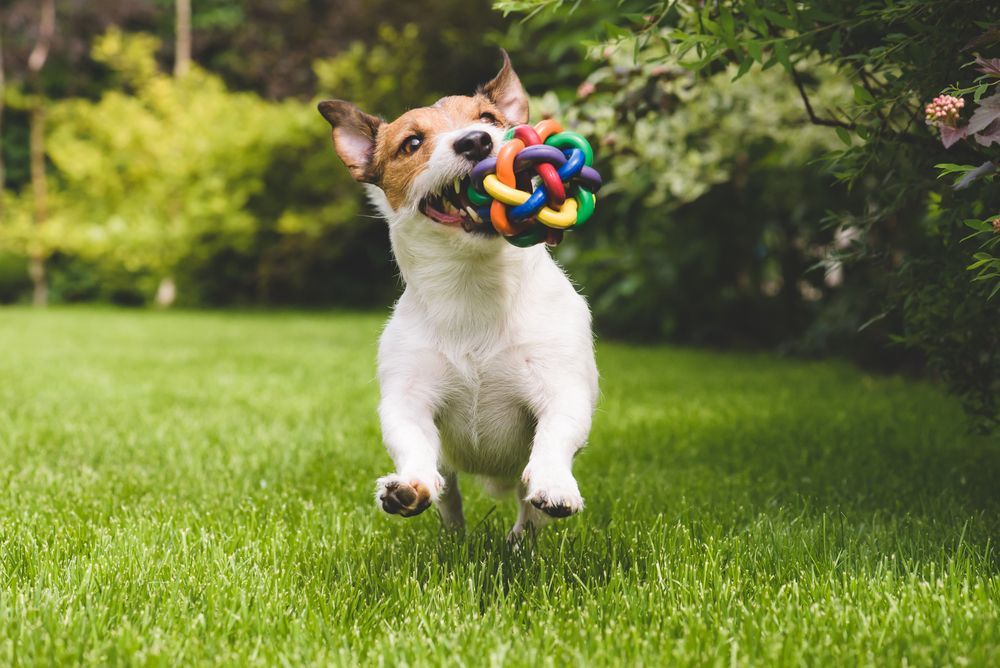
9. Try and keep a similar routine
Moving day will naturally be out of the norm, but if you walk your dog at the same time every day or feed your snake on a particular day, try and get back into that as soon as possible. The familiarity will be calming to them and smooth out the transition.

10. Update ID tags
Animals which are free to roam (or escape) may need a little help to find their way home, so make sure you don’t forget to change any registered addresses amongst your other moving chores.

